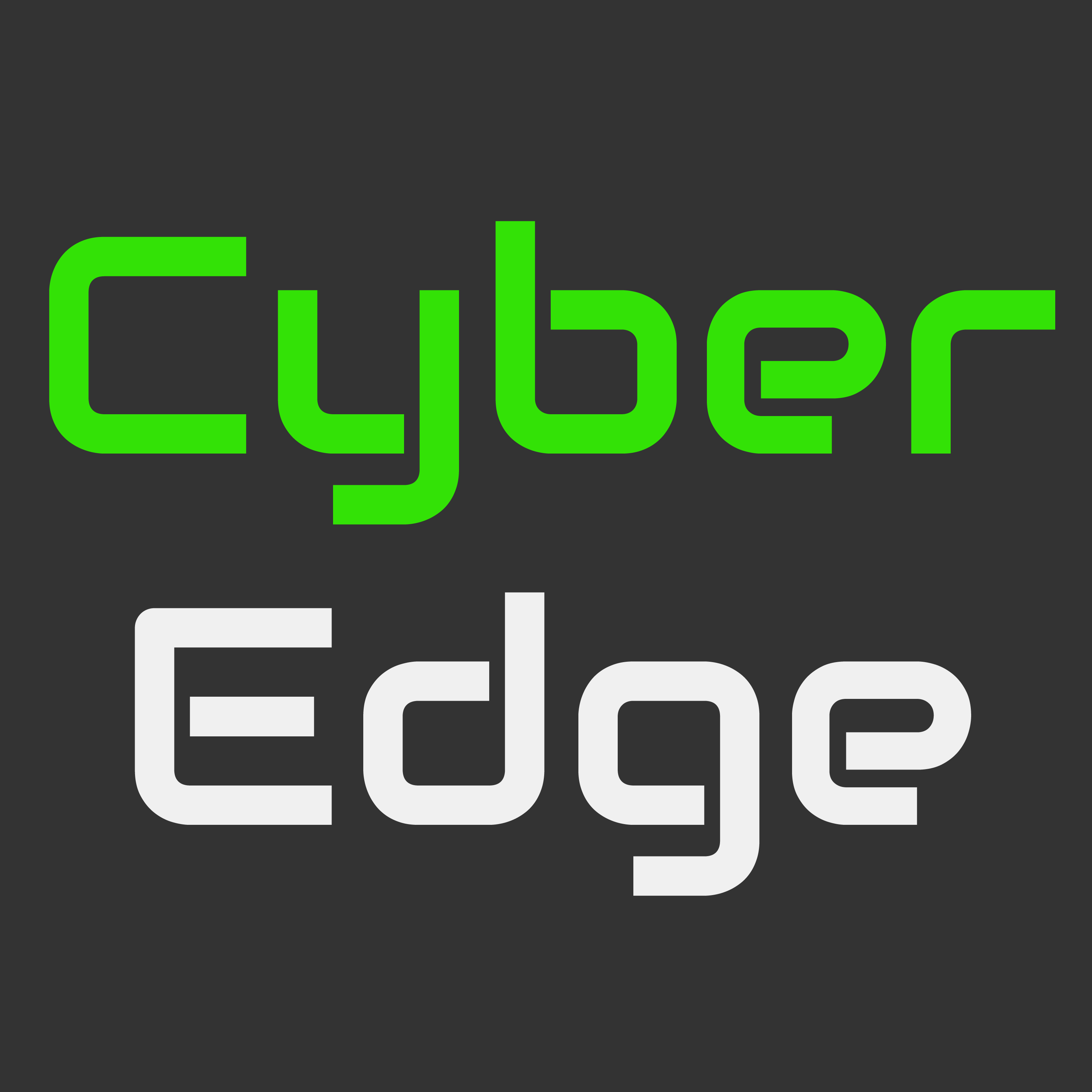PBL scenarios
Problem-based Learning (PBL) is an approach to learning characterized by the following:
- Students receive a scenario, which describes the context of a situation, including a problem. The problem is meant to reflect a situation that could occur in the real world, so it is ill-defined, contains superfluous (or sometimes insufficient or incorrect) information encouraging students to analyse the problem and identify what is important.
- A key aspect of PBL is that students don’t have the knowledge to solve it at the time. They are required to identify what they need to learn to solve the problem. The tutor is a facilitator to ensure they don’t go too far off track.
- Once students have identified a list of aspects they need to learn (their learning goals) they independently research those areas.
- Finally they share what they have learned and apply it to manage or solve the problem. Often they work in teams to do this work.
The resources needed to support this form of learning comprise:
- The problem scenario, comprising background and the problem to be solved with guidance about the process.
- A list of learning outcomes that the scenario is intended to help students achieve.
- A list of resources students could use to learn the material.
- A facilitator guide that identifies potential solutions.
In total, CSKE is producing the following 9 learning scenarios across the areas of cyber security and information security:
- Secure Public Surfing: Public Open Wi-Fi
- Secure Software Development: Security Risks in Application Development
- Secure Software Development: Cryptography
- SME Security
- Incident Response
- Online Financial Management: Social Engineering
- SME Risk Assessment
- Emergency Services: Fire Service
- Secure Development: Websites
For more information on Problem-based Learning and how works, please download the following document by clicking the link below.


